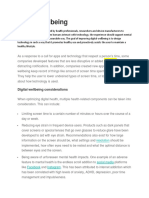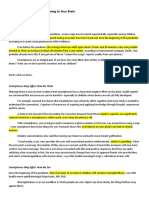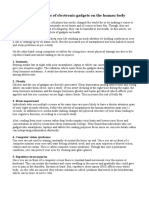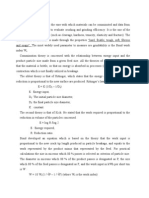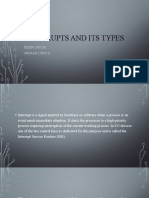Negative
impact of
technology on
health
Elif Zülal Demir 11-A 3086
İsa Nipek Korkar 11 ?
Aysima 🌹Yarar 11-A 3070
�• Constant exposure to digital devices can be harmful to
your eyes. Digital eye strain, sometimes called Computer
Vision Syndrome (CVS), is one of the most commonly
reported symptoms of spending too much time in front of
a screen. Symptoms of digital eye strain include dry eyes,
redness around the eyes, headaches, blurred vision, as
well as neck and shoulder pain.
�• Getting enough sleep is crucial for almost all body
functions. However, using a laptop, tablet, or smartphone
right before bed can affect your ability to fall asleep. This
is because blue light from devices makes you more alert
and disrupts your body clock. Additionally, activities on
digital devices can be stimulating and make you less
ready for sleep. As a result, people can get carried away
and continue using technology well past their bedtime.
�• It is important to distinguish between interactive and
passive devices. Passive devices are devices that do not
require any or very little contribution from the users.
Some examples are listening to music, reading e-books,
watching television, or watching movies. On interactive
devices, the content displayed on the screen changes with
the user's contribution. For example, playing video games
and chatting on social media are interactive activities.
Interactive activities are much more likely to cause sleep
problems than passive activities.
�• Excessive use of smartphones, laptops and tablets can lead to
physical inactivity. For example, according to one study, 38%
of parents worry that their children are not getting enough
physical exercise due to excessive screen time.It has been
understood that sitting for long periods of time can increase the
risk of various diseases such as obesity, heart diseases, cancer
and diabetes. The Covid-19 pandemic, which caused people to
be unable to leave the house, increased dependence on digital
technology and the cancellation of sports events around the
world did not help either. Yet even before Covid, physical
inactivity was estimated to lead to 5.3 million deaths a year.
�• Excessive screen time can negatively impact mental and emotional health. For
example, it may cause you to experience anxiety because someone didn't
respond to your WhatsApp or text message quickly enough, or it may cause
you to constantly check your social media feed to see how many likes your
latest post has received. Adults and children alike may begin to compare
themselves negatively to others on social media, which can lead to feelings of
anxiety.Another problem is the so-called "disaster scroll". 1 in 5 Americans
now learns their news from social media, a much larger proportion of the
audience that reads traditional print media. Users who access social media
several times a day can be exposed to news without interruption. These are
generally natural disasters, terrorist incidents, political divisions, agenda-
setting crimes, etc. Bad news like. Constantly following bad news through
social media or other online sources is known as doom scrolling and can
negatively impact mental health.
�• Using headphones or earbuds at high volumes for long
periods of time can lead to hearing loss. The World
Health Organization estimates that 1.1 billion young
people worldwide are at risk of hearing loss due to unsafe
listening habits, partly due to listening to music through
headphones or earbuds. Exposure to noise is one of the
most common causes of hearing loss.
�• Avoid constantly checking for updates by deleting
unnecessary apps from your phone. Set and stick to
screen time limits.
• Do not use devices during meal times. Do not bring
electronic devices into your bedroom. Before going to
bed, face clocks and other light-emitting devices towards
the wall. Stop using digital devices at least an hour before
bed. Use the Internet to stay connected, but prioritize
real-world relationships over virtual ones.
�• Set screen time limits and restrict use at bedtime and
meal times. Encourage face-to-face interactions over
online interactions.

















































